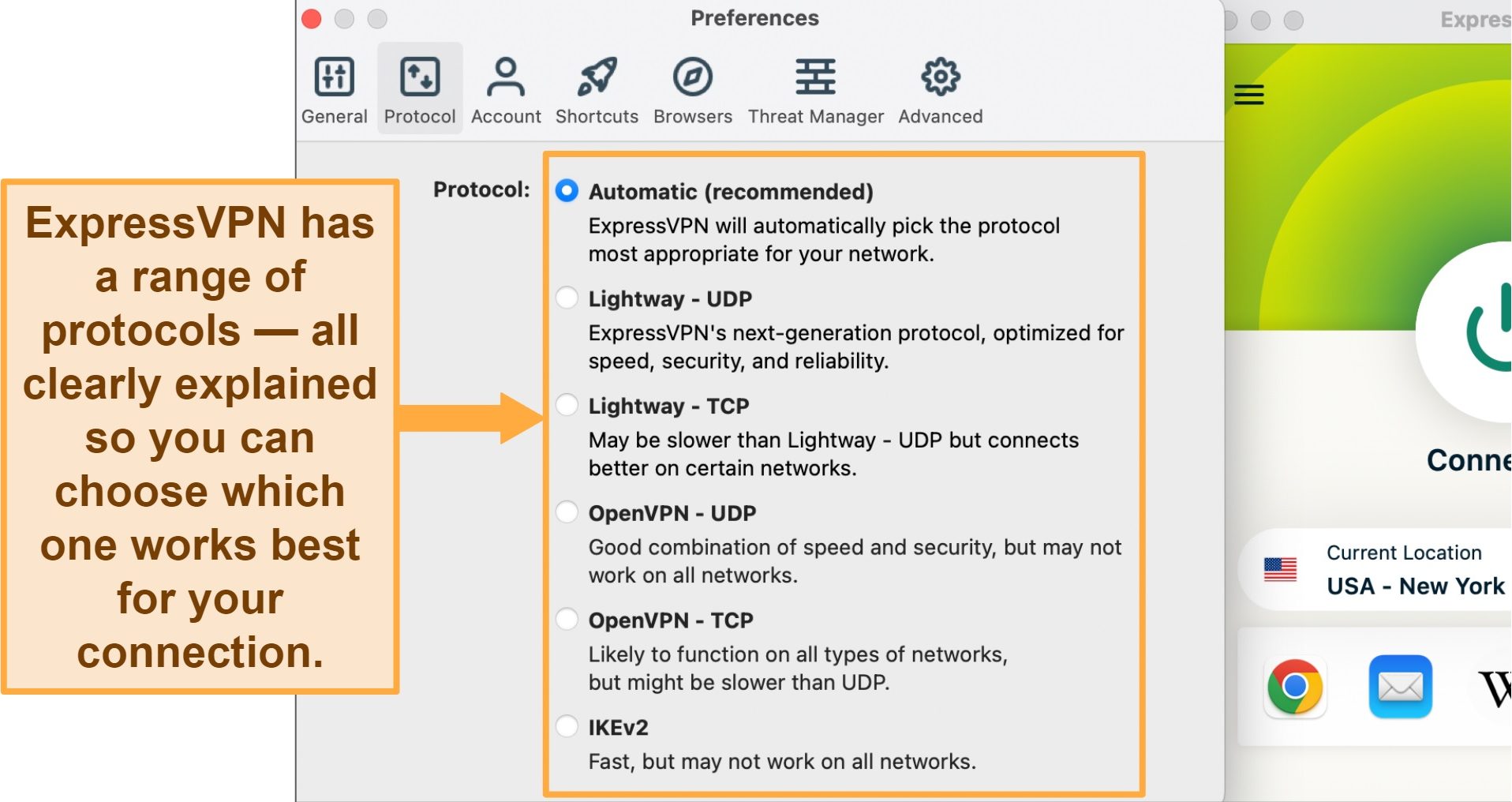Featured
Table of Contents
General Troubleshooting - Sophos Connect

The Routing and Remote Access snap-in lives within the Microsoft Management Console, referred to as the MMC. There are multiple ways to access the MMC. You can pick the console from the Start menu's Programs options, within the Administrative Tools folder within Windows server's Control board or by typing mmc at a command prompt.
As Tech, Republic's Brandon Vigliarolo shows within his video at the start of this short article, the Providers console displays the status of the Routing and Remote Gain access to entry. From within the Solutions console and with the Routing and Remote Gain access to entry highlighted, you can click Start the Service or right-click the entry and choose Restart.
Often the VPN customer and VPN server are set to using different authentication methods. Confirm whether an authentication error is the issue by opening the server console. Another method of accessing the MMC is to type Control+R to open a command prompt in which you can type mmc and struck Enter or click OK.
If the entry isn't present, click File, choose Add/Remove Snap-in, select the Routing and Remote Access alternative from the choices and click Add, then OK. With the Routing and Remote Gain access to snap-in included, right-click on the VPN server and click Properties. Then, examine the Security tab to confirm the authentication technique.
Troubleshooting Ipsec
Guarantee the VPN client is set to the authentication approach defined within the Security tab. Usually the items simply evaluated are accountable for the majority of VPN connection rejection errors. However other fundamentals need to be proper, too. If the Windows Server hosting the VPN hasn't signed up with the Windows domain, the server will be not able to verify logins.
Each Web-based VPN connection usually utilizes two various IP addresses for the VPN customer computer system. This is the IP address that's utilized to develop the preliminary TCP/IP connection to the VPN server over the Web.

This IP address typically has the very same subnet as the local network and therefore allows the client to interact with the local network. When you set up the VPN server, you need to set up a DHCP server to appoint addresses to clients, or you can create a bank of IP addresses to appoint to clients directly from the VPN server.


If this option is chosen and the efficient remote gain access to policy is set to allow remote gain access to, the user will have the ability to connect to the VPN. I have actually been not able to re-create the situation personally, I have actually heard reports that a bug exists in older Windows servers that can cause the connection to be accepted even if the efficient remote gain access to policy is set to deny a user's connection.
Common Network Issues & Solutions : Solved

Another common VPN problem is that a connection is successfully established but the remote user is unable to access the network beyond the VPN server. By far, the most common reason for this issue is that authorization hasn't been given for the user to access the whole network. To permit a user to access the whole network, go to the Routing and Remote Access console and right-click on the VPN server that's having the problem.
At the top of the IP tab is an Enable IP Routing check box. If this check box is made it possible for, VPN users will be able to access the remainder of the network, assuming network firewall softwares and security-as-a-service settings allow. If the checkbox is not chosen, these users will be able to access only the VPN server, but absolutely nothing beyond.
If a user is calling straight into the VPN server, it's generally best to set up a static path in between the customer and the server. You can configure a static route by going to the Dial In tab of the user's properties sheet in Active Directory Users and Computers and picking the Apply A Static Route check box.
Click the Include Path button and after that enter the destination IP address and network mask in the space offered. The metric ought to be left at 1. If you're using a DHCP server to designate IP addresses to clients, there are a number of other problems that could cause users not to be able to surpass the VPN server.
Steps For A Better Vpn Rollout And Troubleshooting
If the DHCP server appoints the user an IP address that is already in use somewhere else on the network, Windows will discover the dispute and prevent the user from accessing the rest of the network. Another typical issue is the user not receiving an address at all. Many of the time, if the DHCP server can't appoint the user an IP address, the connection won't make it this far.
254.x. x range. If the customer is appointed an address in a range that's not present within the system's routing tables, the user will be unable to navigate the network beyond the VPN server. Other problems can add to this problem, too. Guarantee the resources the user is attempting to gain access to are actually on the network to which the user is linking.
A VPN connection to the other subnet might, in fact, be needed. A firewall program or security as a service option might also be to blame, so do not forget to evaluate those services' settings, if such elements are present between the VPN server and the resources the user looks for to reach.
The very first possibility is that one or more of the routers included is performing IP packet filtering. I suggest examining the customer, the server and any devices in between for IP package filters.
Latest Posts
The 6 Best Vpn Stocks To Buy Right Now For August 2023
7 Best Vpn Services For Privacy & Security In 2022
10 Best Vpn Services For Startups 2023 - Truic